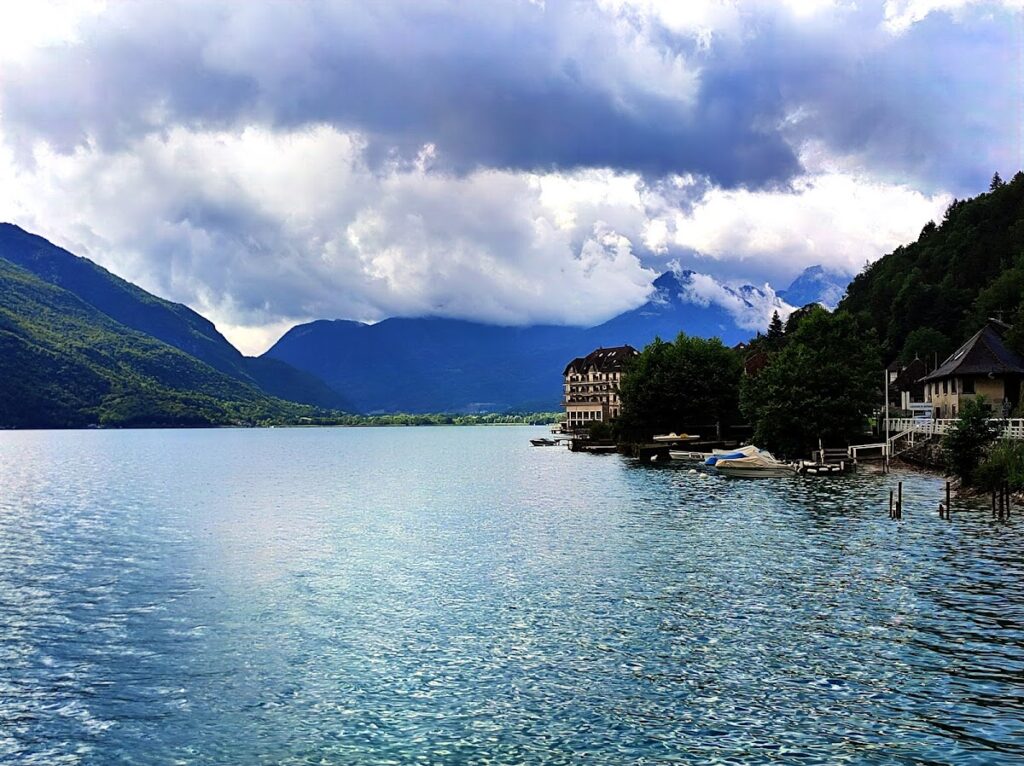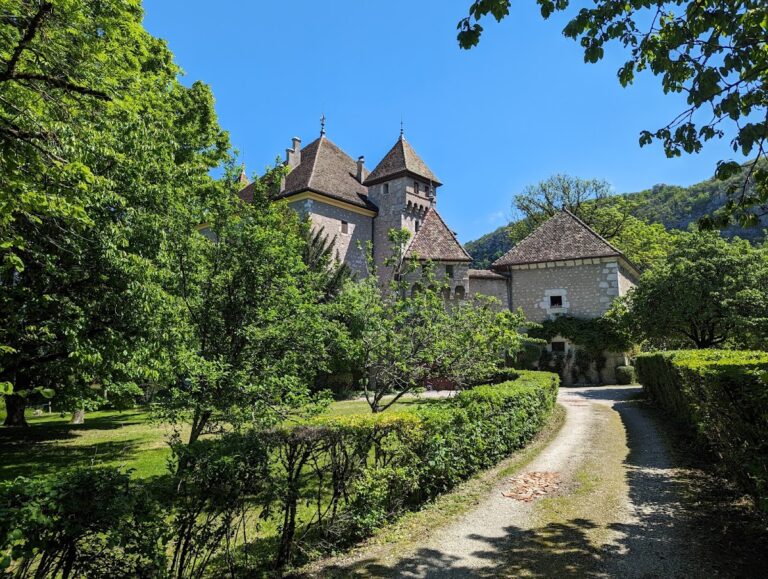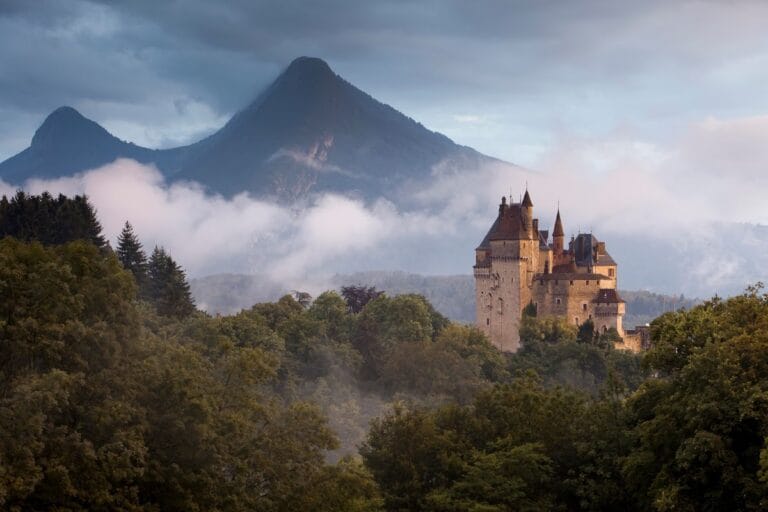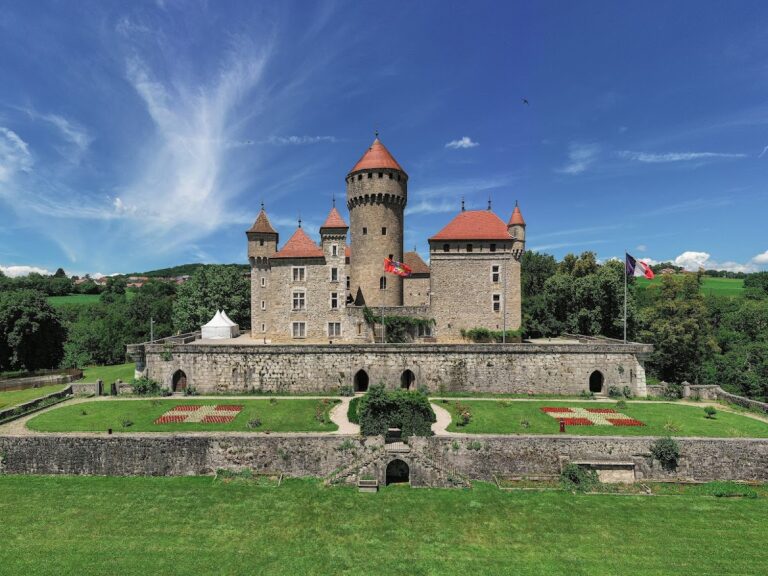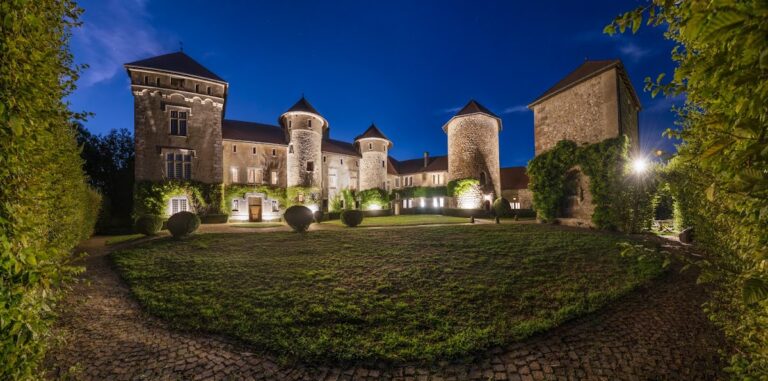Château de Duingt: A Medieval Fortress in Duingt, France
Visitor Information
Google Rating: 4.3
Popularity: Low
Google Maps: View on Google Maps
Official Website: chateaudeduingt.fr
Country: France
Civilization: Unclassified
Remains: Military
History
The Château de Duingt is located in the municipality of Duingt, France, and was originally constructed by medieval feudal powers whose exact origins remain uncertain. The earliest known record, dating between 1103 and 1148, refers to the fortress as Castrum Duini, marking its significance in the region governed by the Counts of Geneva.
Initially, the castle belonged to the Duin family, vassals of the Counts of Geneva. Strategically positioned on a rocky outcrop overlooking Duingt village, it guarded a Roman-era secondary road along Lake Annecy’s western shore, controlling a key route between Geneva and Moûtiers. During the Middle Ages, the Château de Duingt formed part of a wider defensive network, working alongside the nearby Château de Châteauvieux. It served not only as a military stronghold but also as the administrative center of a comital châtellenie, a type of local jurisdiction managed jointly by the Count of Geneva and the local lord.
In 1296, ownership transferred to Amédée II, Count of Geneva, who incorporated the castle fully into his domains. This situation persisted until 1401, when the fortress came under the control of the Dukes of Savoy, reflecting the shifting political landscape of the region. During the 15th century, Perrin d’Antioche acquired the property in 1451. Subsequently, the castle passed through various noble hands including Janus of Savoy, his descendants such as Louise de Savoie, and members of the Luxembourg family. Later on, families like Genevois-Nemours, Monthoux, Montpiton, and de Sales held the castle, maintaining it until the upheavals of the French Revolution.
During this revolutionary period, the château was declared national property and auctioned in 1796 to Jean Berthet. In the 19th century, Baron Scipion Ruphy became the owner in 1833. The estate later entered the possession of the Comte Henri de la Barge de Certeau through marriage, reflecting the continued noble associations of the site. Throughout its history, the châtellenie governed from the castle encompassed numerous villages and hamlets, with châtelains (castle governors) appointed to oversee administration, fiscal responsibilities, and upkeep, a practice well documented from the 14th to the 17th centuries.
Remains
Today, the Château de Duingt exists primarily as a ruin, offering glimpses into its medieval fortification layout. A prominent feature is a ruined octagonal tower situated on the cliff above the village, constructed with stone and designed to provide both defense and observation over the surrounding area. This donjon, or keep, displays a unique architectural form: it is hexagonal when viewed from the outside but reveals a circular interior. The original construction date of this tower remains unclear, but historical study suggests that its exterior appearance was reshaped during the 14th or 15th century, likely as part of defensive upgrades.
Inside the tower, the floors remain connected by a spiral staircase, indicating multiple levels designed for access and vertical defense. The presence of this stairway reflects the tower’s use as a living and protective space for occupants. Nearby fragments of the enceinte, which were the castle’s surrounding defensive walls, still stand in places, offering evidence of the original perimeter intended to safeguard the fortress.
The castle’s gatehouse faced in the direction of Talloires, serving as the main entrance and controlling access to the fortress. Close to this entrance once stood a castle chapel, initially serving religious functions for the inhabitants. This chapel held enough importance to become the original parish church of the area before religious activities were relocated in 1344 to a site near what is now the village cemetery. The remains emphasize the castle’s role not only in warfare and administration but also in the spiritual life of the community it oversaw.


